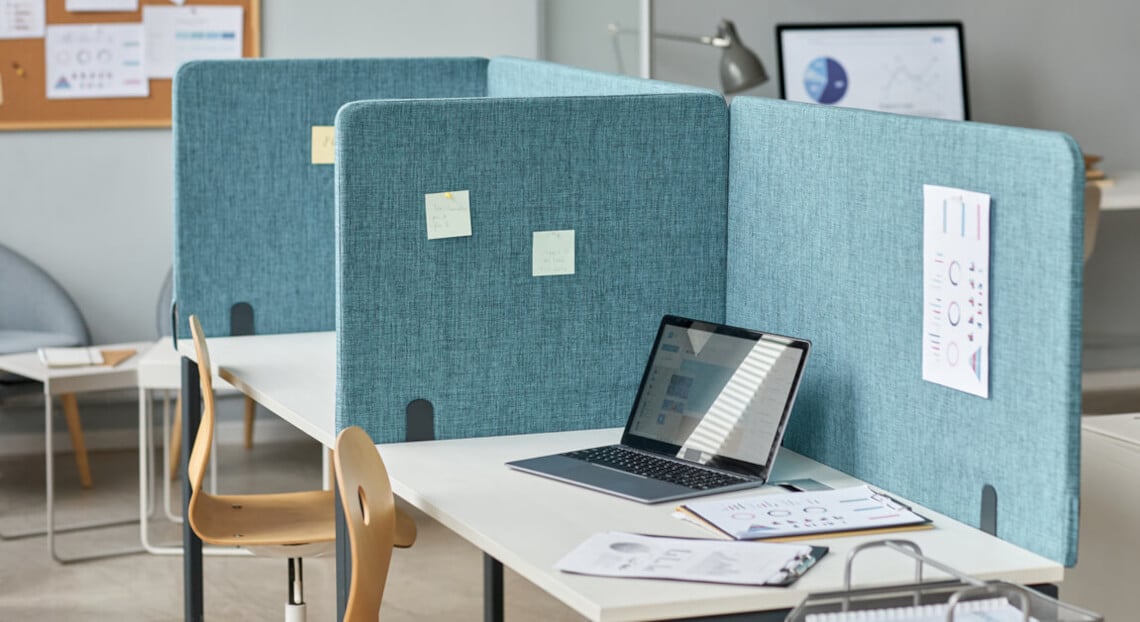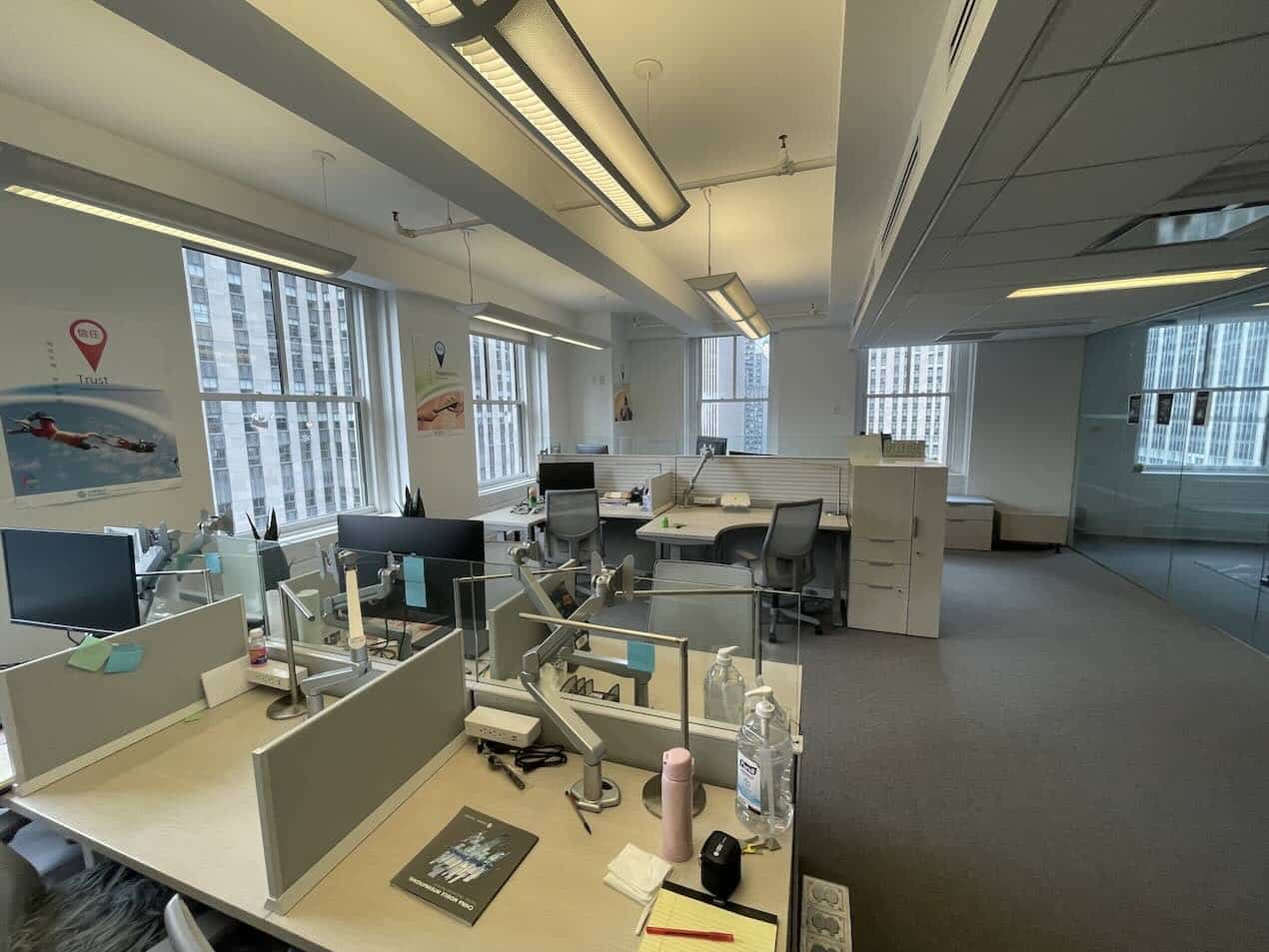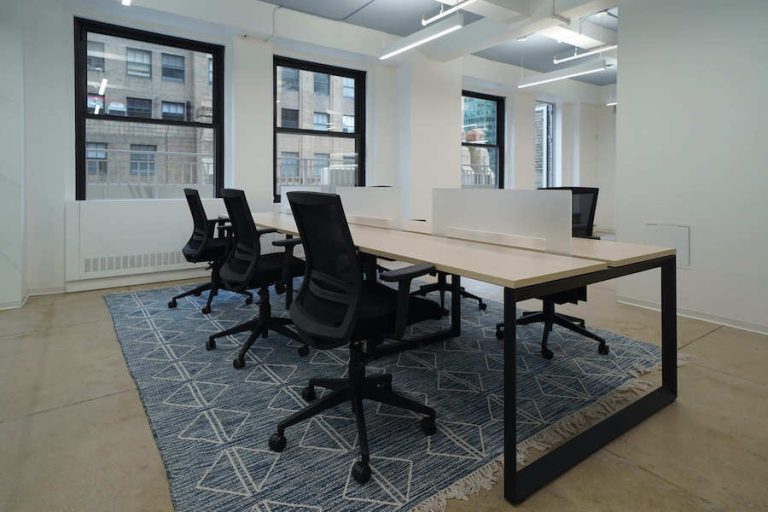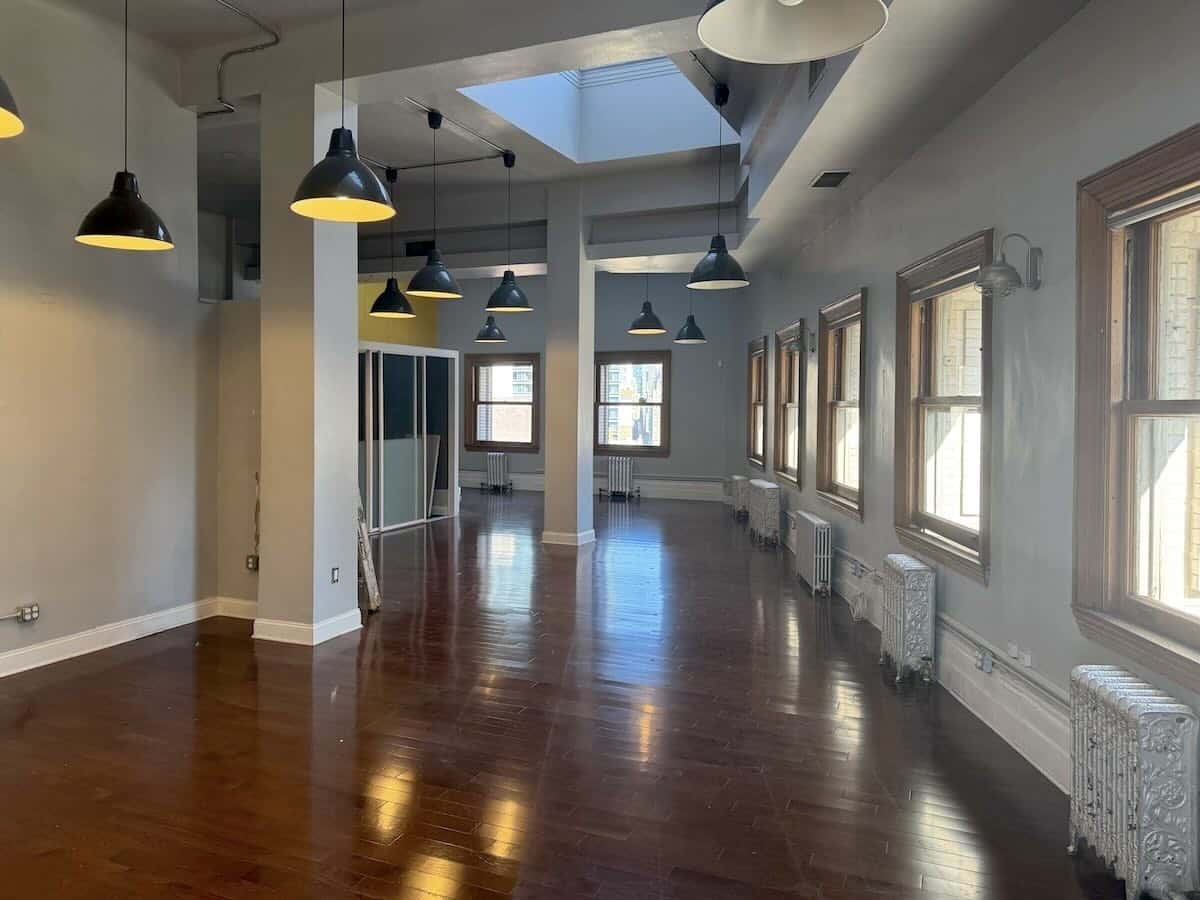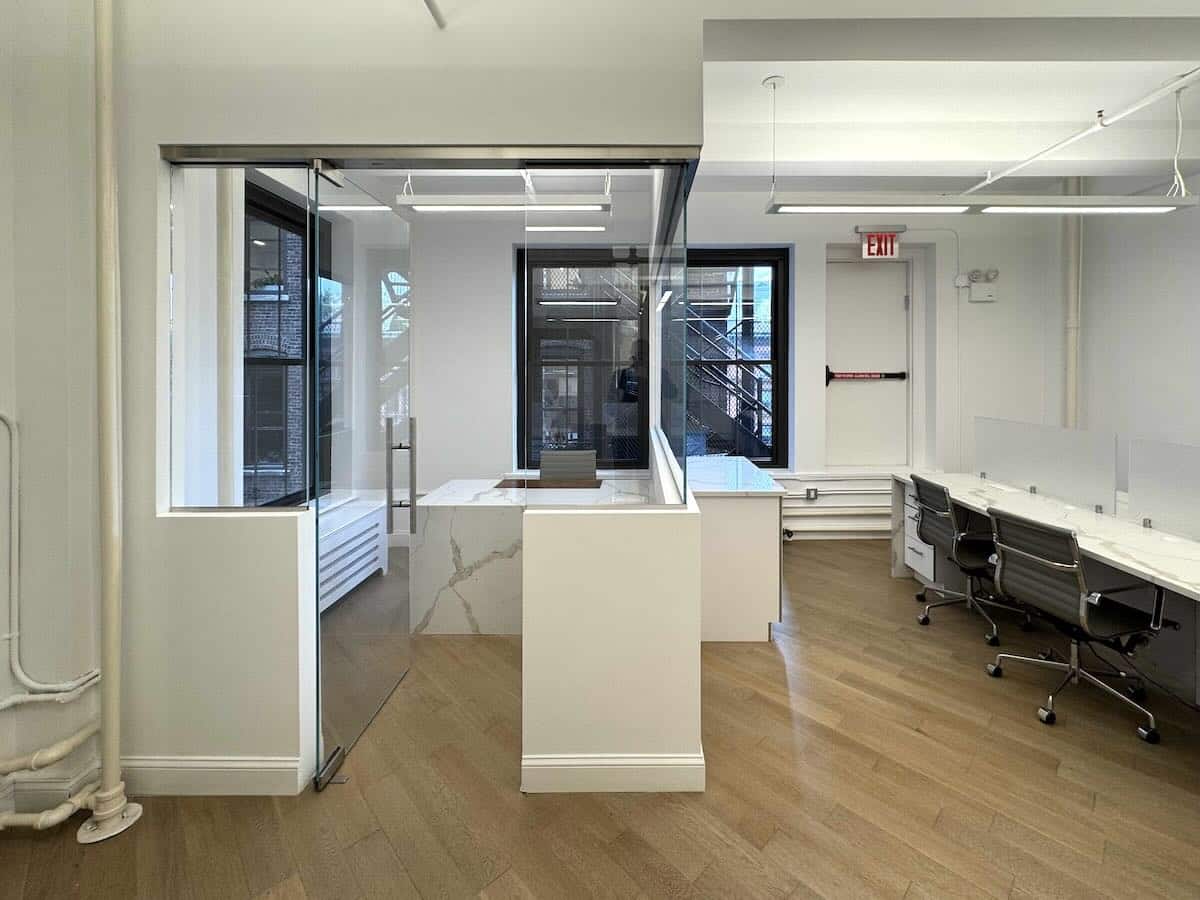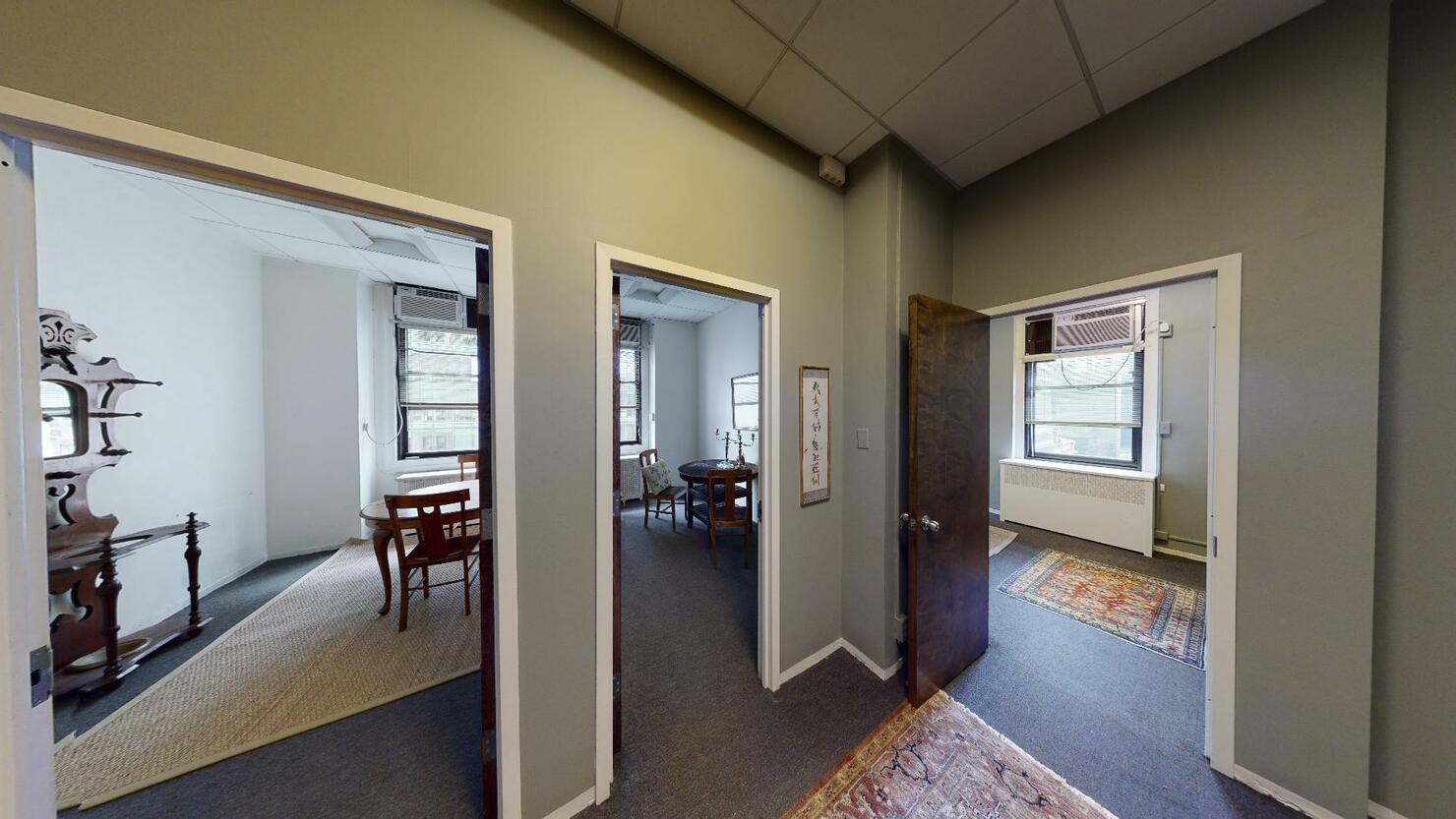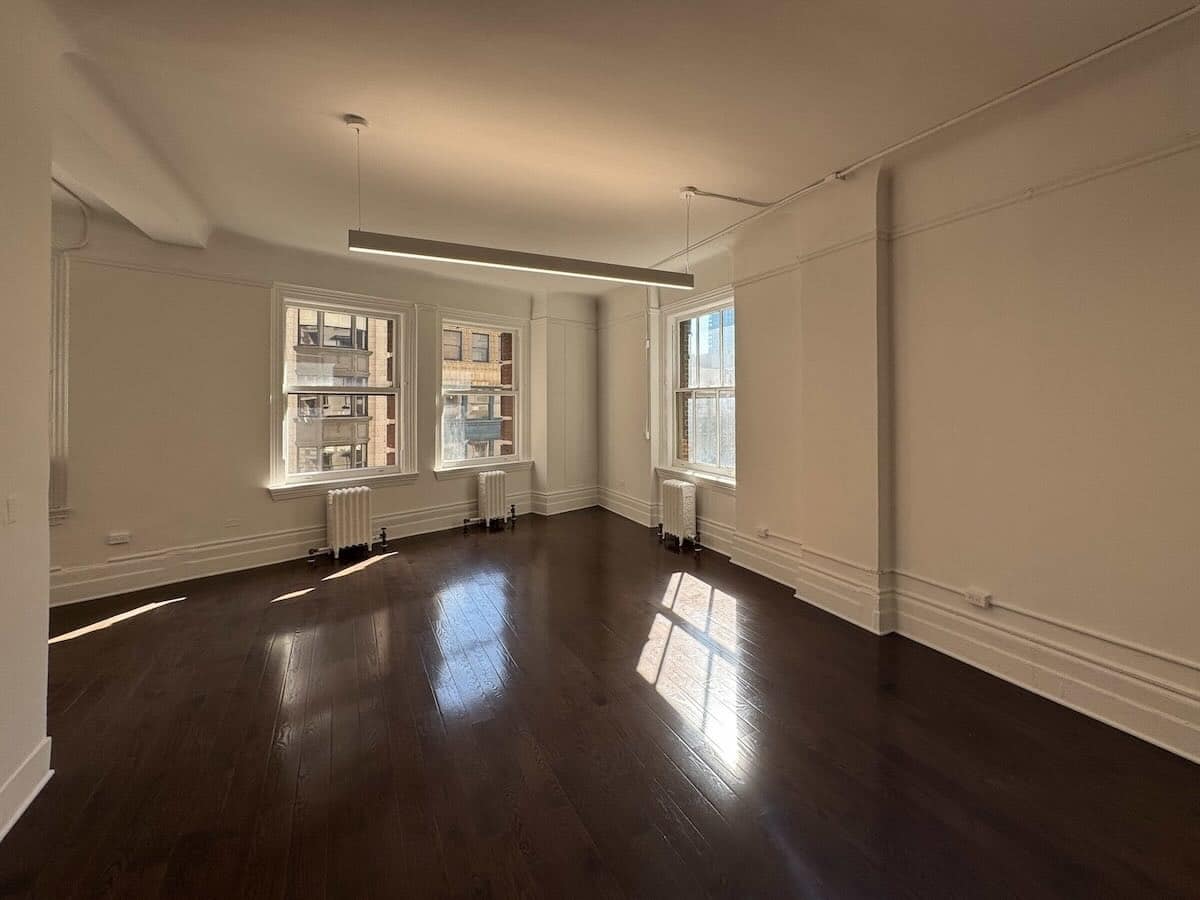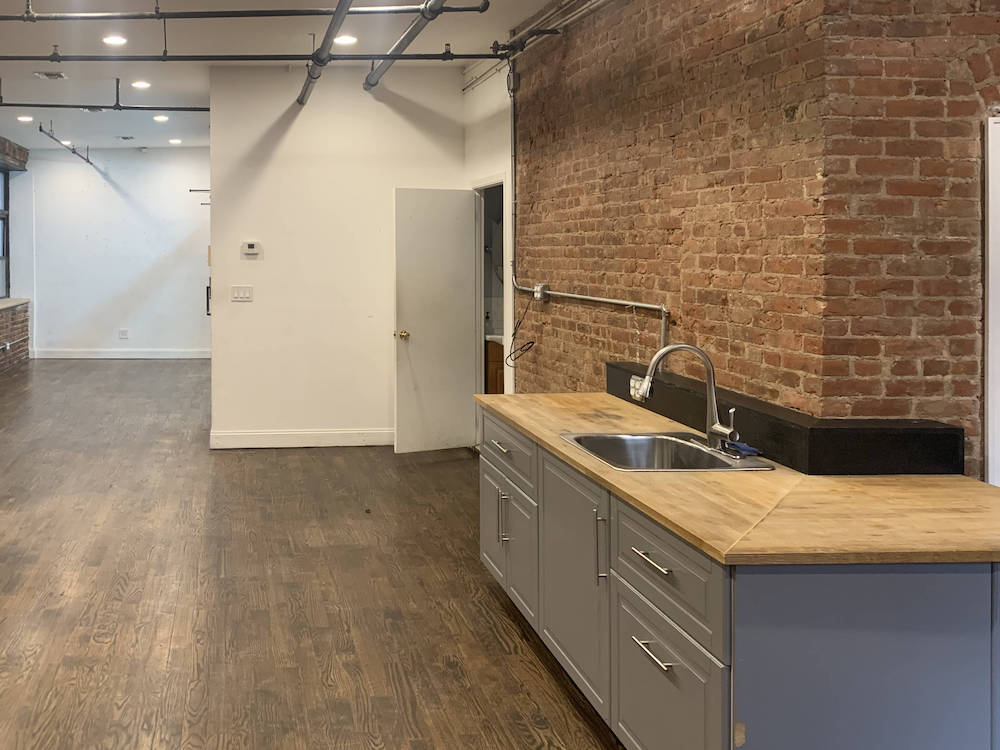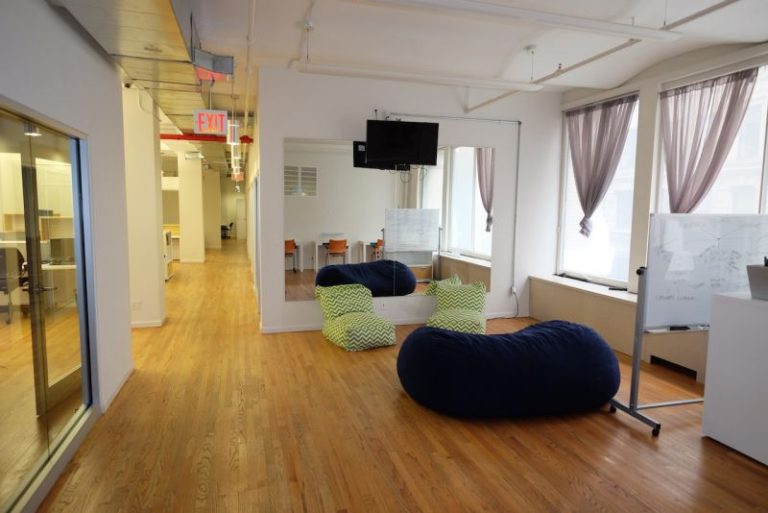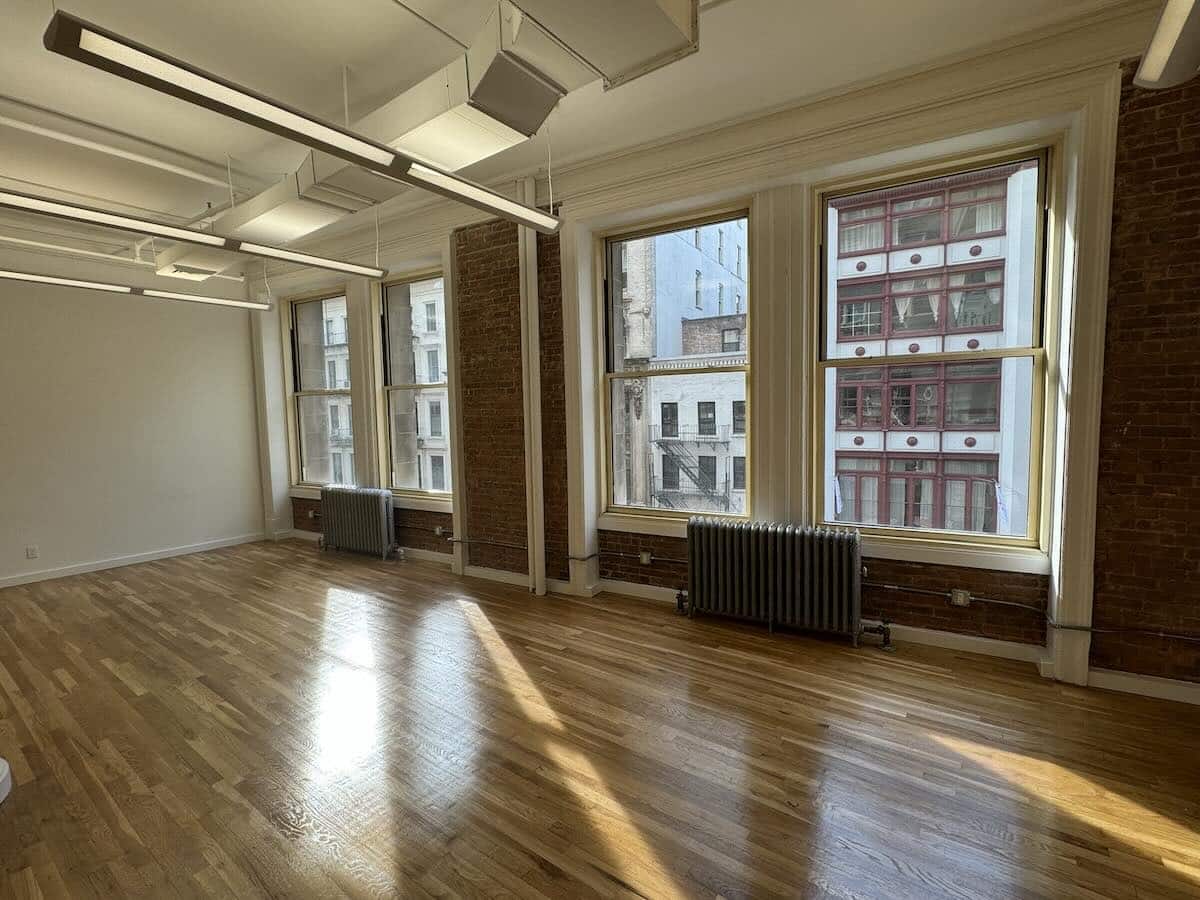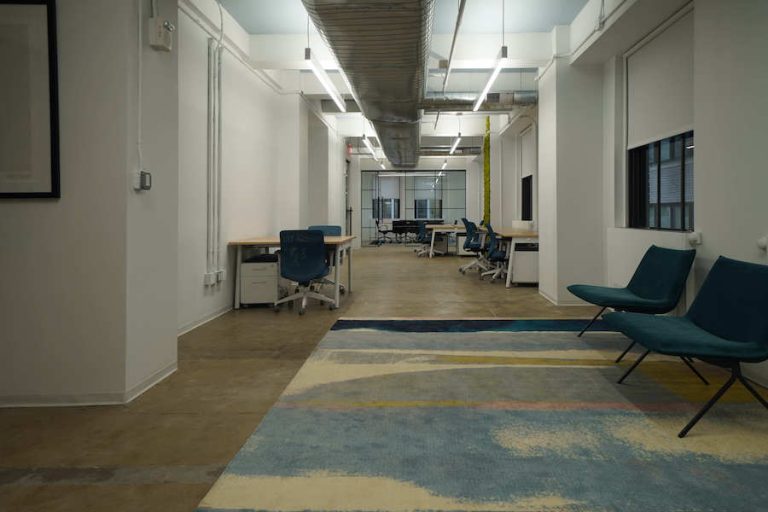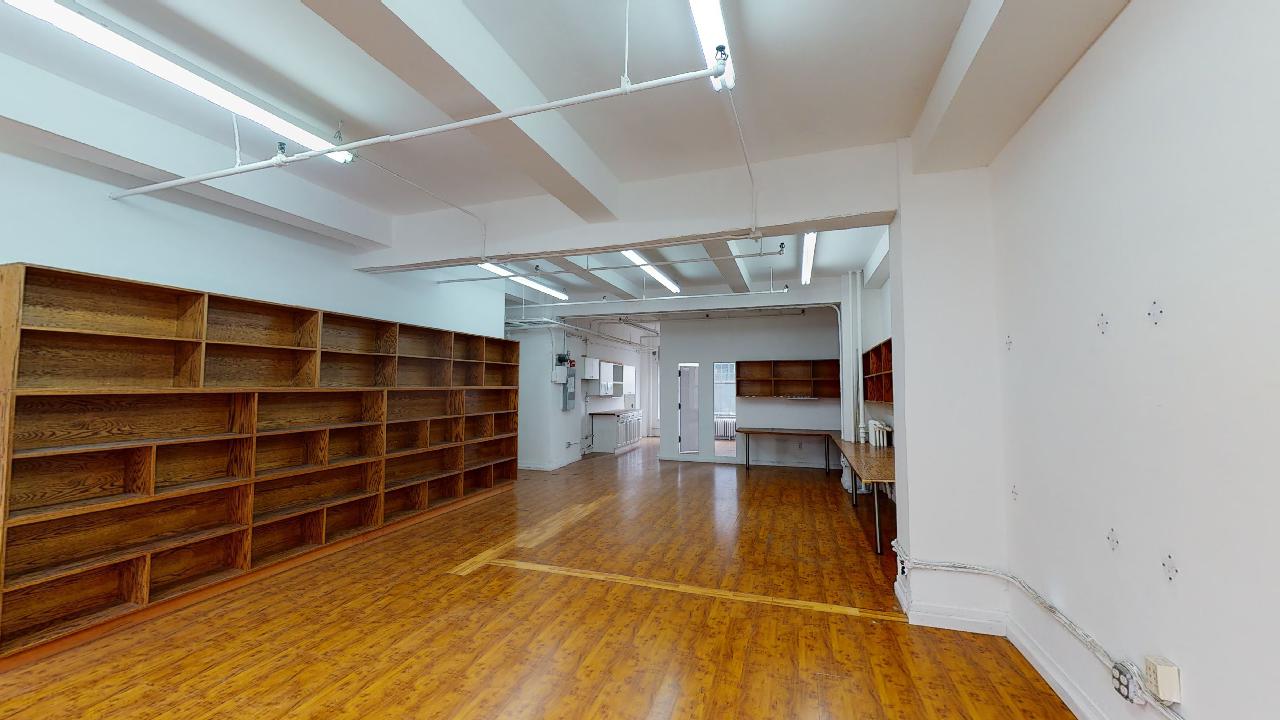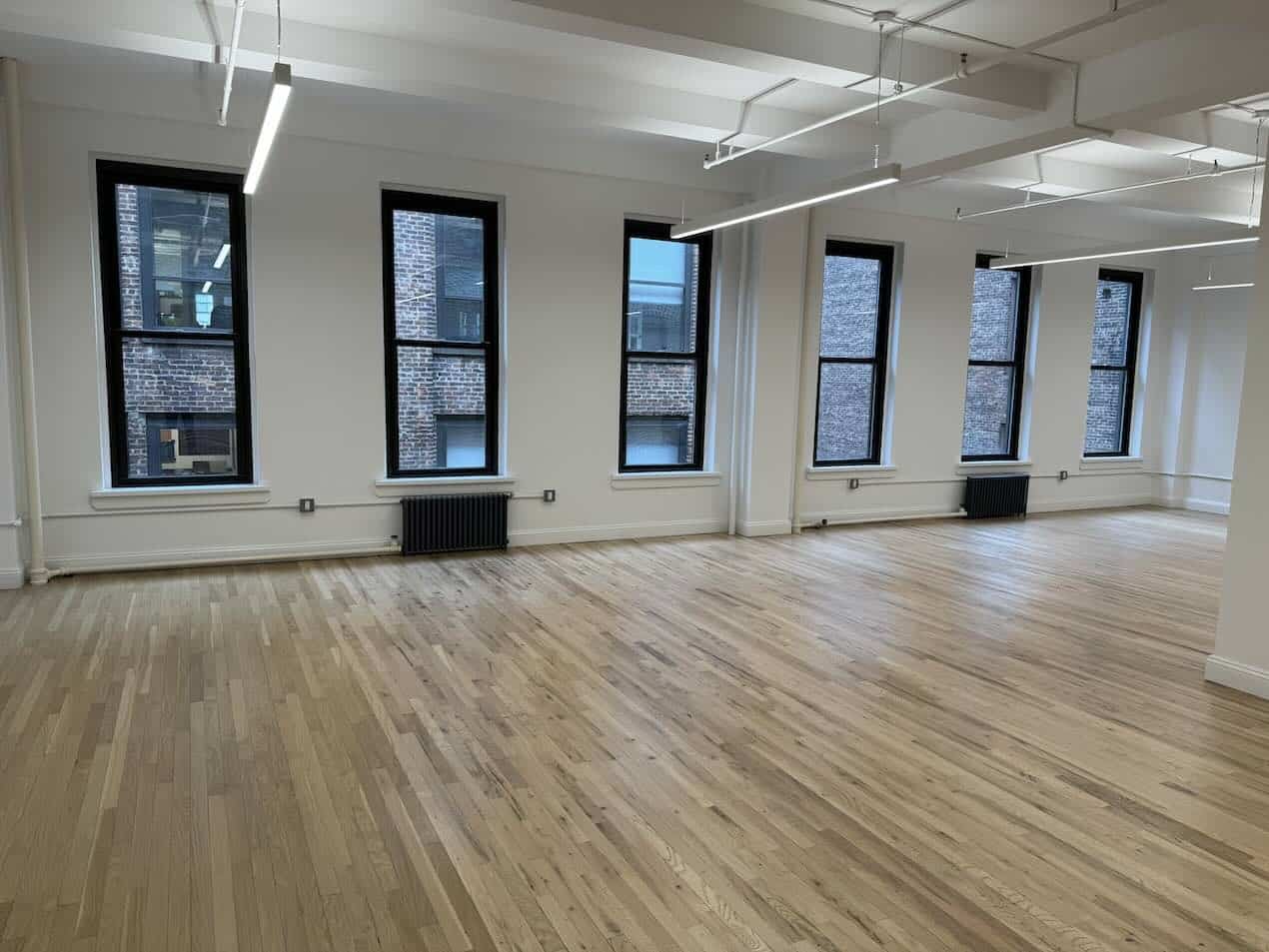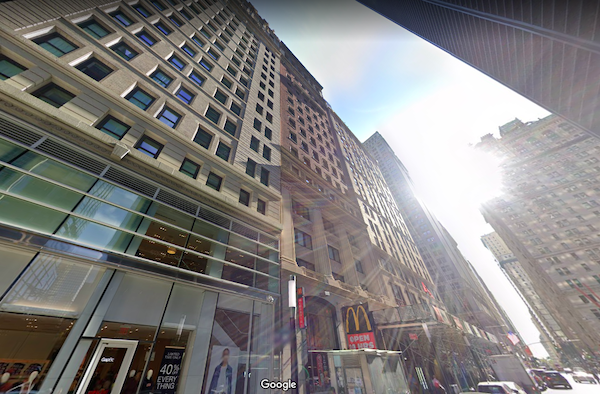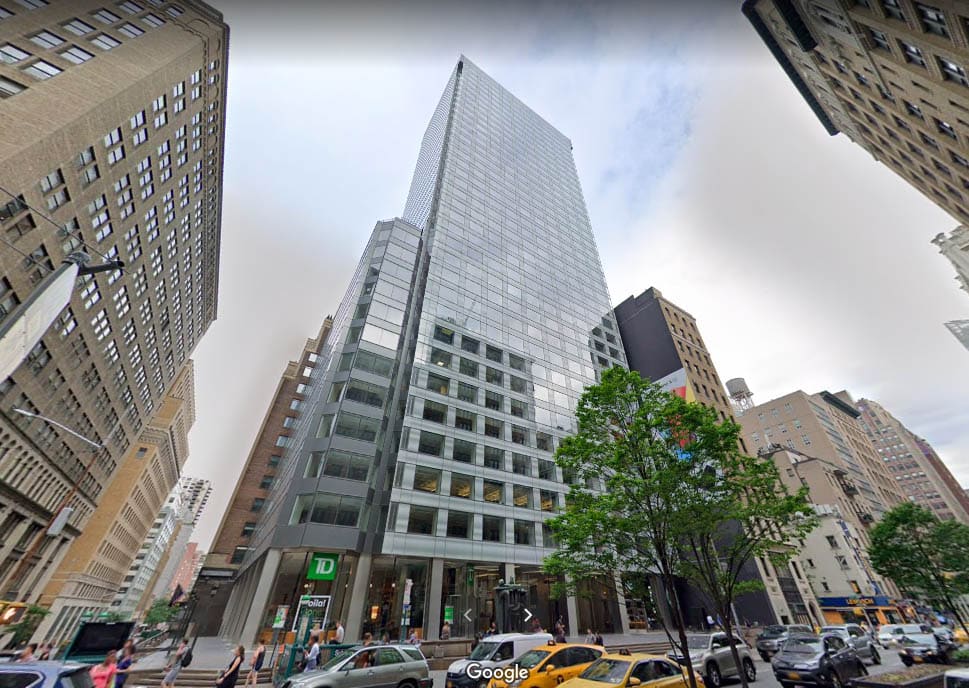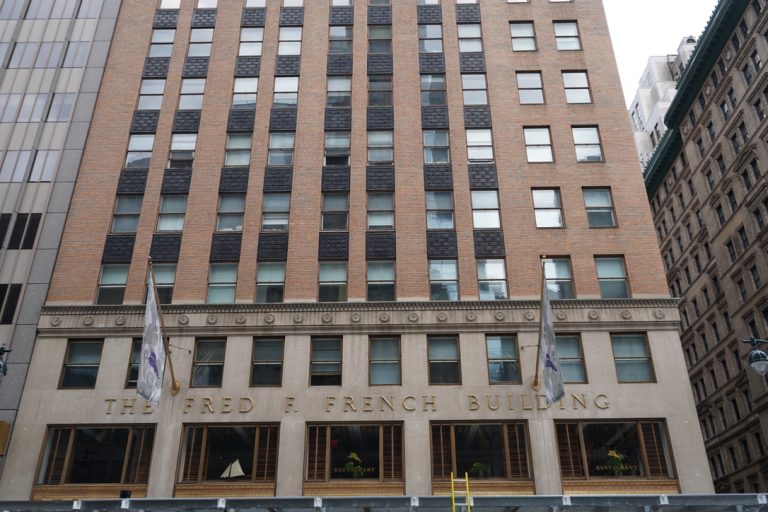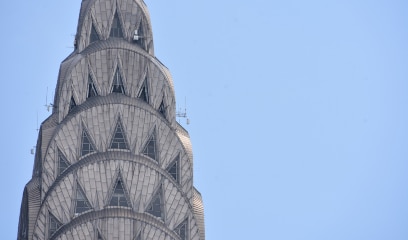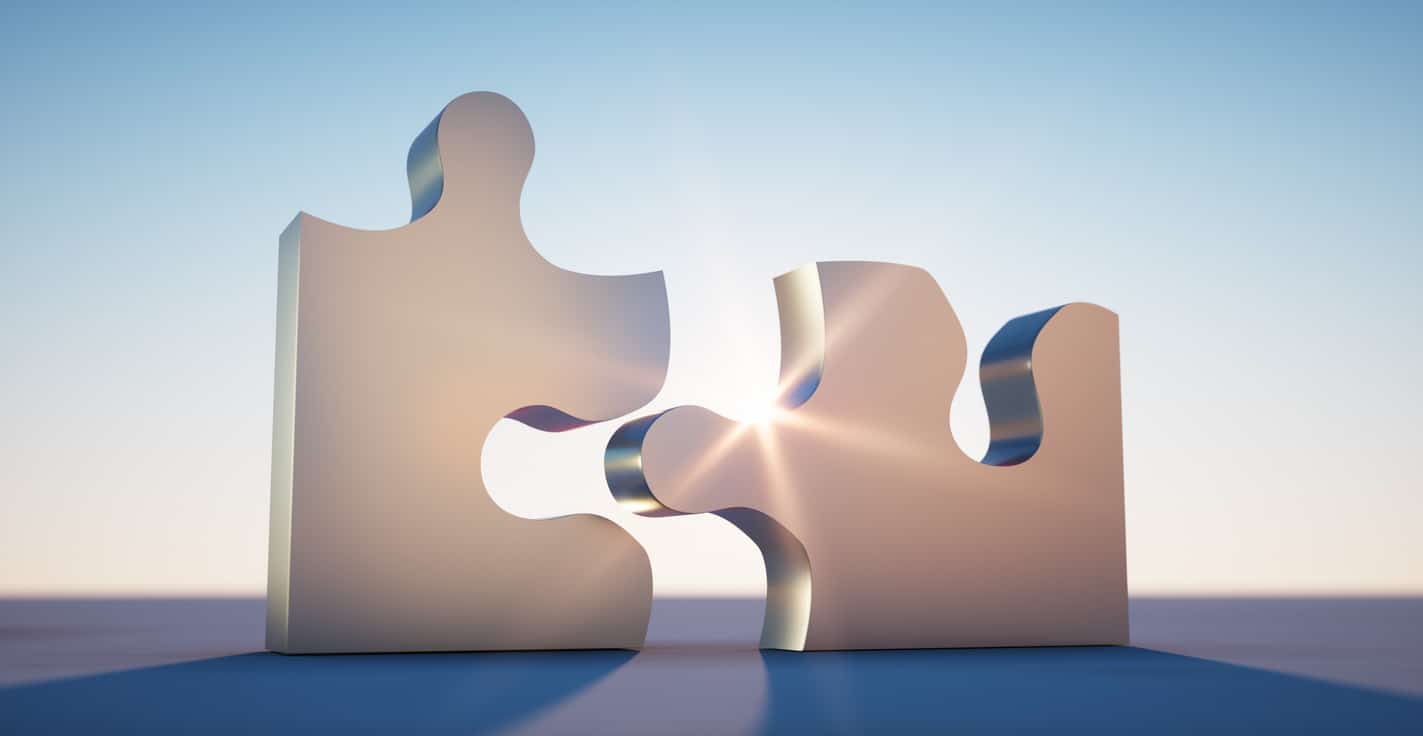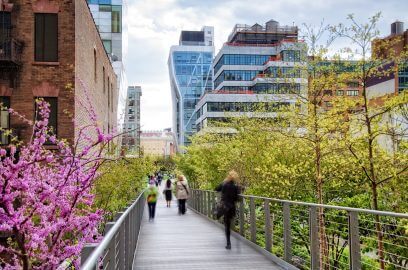Surprisingly, there’s a quiet revolution happening in our offices, and it’s all about the humble office cubicle. Remember those boxy, often-mocked symbols of corporate life? Well, they’re making an unexpected comeback, and for good reason. As we’ve all started trickling back into the office post-pandemic, the value of having a personal, private space to focus and work has suddenly become crystal clear. Gone are the days when we viewed cubicles merely as relics of a bygone era; now, many are sanctuaries where productivity and privacy flourish amidst the hustle and bustle of office life.
Balancing Your Team’s Privacy and Collaboration
Achieving a harmonious balance between privacy and collaboration is easier said than done. Your business and employees are still adapting to evolving work styles like hybrid and remote work models. So, of course, the design of your office space must also evolve to keep up. Take note of the resurgence of the office cubicle and innovative design strategies as potential blueprints. It’s all about creating workspaces that cater to both individual focus and team-based activities.
Should You Revisit Cubicle Design for a Modern Office?
The office cubicle, once a symbol of the monotonous corporate grind, is making a comeback with a modern twist. Today’s cubicles now have designs to meet contemporary aesthetic and functional requirements, emphasizing flexibility, personalization, and technology integration. You can adapt to changing workplace needs and trends by incorporating easily reconfigurable modular furniture. For instance, you could offer personal storage or allow employees to choose furniture. Little things like this can make all the difference in building a more comfortable and personalized workspace.
At the same time, you’ll want to prioritize tech. For instance, wireless technology and digital displays can reduce clutter and boost efficiency. Moreover, while maximizing natural light, clear or frosted glass partitions retain privacy and create an open, airy feel that transforms the cubicle into a versatile, inviting space.
Enhancing Collaboration Without Sacrificing Privacy
Creating an office layout that supports spontaneous interactions and teamwork while providing secluded areas for concentration is key to a productive workspace. Consider doing the following:
- Open Plan Layout with Cubicles: Arrange cubicles strategically to encourage teamwork among project groups, facilitating easy communication and collaboration.
- Common Areas and Breakout Spaces: Designate specific zones for informal meetings and social interactions, equipped with comfortable seating and technology for presentations. These areas should be welcoming and accessible, encouraging employees to engage and share ideas.
- Quiet Zones: Implement quiet areas away from high-traffic spots, offering a sanctuary for employees needing to focus without distractions. Soundproofing features or noise-canceling technology can enhance the effectiveness of these spaces.
- Flexible Workstations: Embrace adjustable workstations, including standing desks and movable partitions, allowing employees to tailor their workspace according to their task or preference.
Addressing Your Employees’ Well-being Through Design
From the benefits of ergonomic furniture to the psychological advantages of having a defined workspace, a thoughtfully designed office cubicle can enhance your employees’ comfort, focus, and sense of belonging.
Ergonomics and Personal Space
Ergonomic furniture paired with a customizable cubicle can make the workplace comfortable and productive. Think of it this way: better support means less strain on your back, neck, and hips, helping dodge those all-too-common musculoskeletal problems. Studies reveal that many workplace injuries stem from subpar office setups, yet introducing ergonomics could slash those issues by 20%. Moreover, in a study with NHS staff in the U.K., those who switched to standing desks sat over an hour less each day and felt more energized and involved.
Yet, customizing your office cubicle goes beyond ergonomic benefits. It lets you tailor your space for privacy or collaboration, boosting your focus and efficiency. Simple changes, like the right chair, ample desk space, and good lighting, can significantly uplift your workday. Plus, thoughtful design touches, such as bringing in natural light or choosing soothing colors, can make your cubicle a haven for productivity and well-being.
Psychological Benefits of Defined Workspaces
You want your employees to enjoy coming to work, right? A personal, defined workspace, like a cubicle, significantly enhances employee morale, reduces stress, and fosters a strong sense of belonging. 92% of employees stress the importance of being valued for their psychological well-being at work. So why not consider cubicles for their unique blend of privacy and personalization? Especially with 77% of workers experiencing work-related stress.
At the same time, personal touches in these spaces not only make employees feel more at home but also strengthen their connection to their work environment, contributing to over 90% of workers feeling a sense of belonging. Cubicles act as psychological safe havens in busy office settings, providing quiet, personal territory where employees can thrive amidst the chaos with a sense of ownership.
Adapting to Hybrid Work Models
What ties the humble cubicle’s surprising comeback together? How it’s reinvented itself as the cornerstone of the hybrid work model. As a personal retreat for days in the office, the modern office cubicle reshapes how both you and your employees can balance remote and in-office work.
The Office Cubicle in the Age of Remote Work
The hybrid model is central to modern labor, blending the benefits of in-office and remote work. At the heart of this transition, cubicles have emerged as a personal oasis for employees. With cubicles, your employees can anchor themselves on days they don’t work from home. With 28.2% of full-time workers embracing a hybrid schedule, the importance of such dedicated spaces is more pronounced than ever.
Moreover, cubicles aim for privacy while cutting through the noise of open offices and allowing for deep focus. They’re not static pieces of furniture. They’re adaptable office elements that can flex with the fluctuating rhythms of hybrid work. With such adaptability, they can bridge the gap between the solitude of remote work and the collaborative spirit of office life. In a world where 74% of U.S. companies are steering towards a hybrid future, and 44% of employees prefer this balanced approach, cubicles stand out.
Flexibility for Evolving Workforce Needs
Office cubicle designs now effortlessly support a variety of tasks and team sizes, and you can utilize them for everything from group projects to focused solo tasks. Consider incorporating modular dividers and designated zones for work, collaboration, and relaxation. Without breaking the bank, cubicles could offer your workspace a tailored layout that can morph as needed, naturally and seamlessly.
Furthermore, the adaptability of cubicles is a boon for managing the ebb and flow of office attendance that comes with hybrid models. They enable the creation of a workspace that can expand or contract, accommodating everyone from the full team to a handful of individuals. There’s a reason why two-thirds of companies are rethinking their designs, with cubicles at the forefront of this transformation.
Key Takeaways: How the Office Cubicle Can Contribute to Future-Ready Workspaces
Have you ever thought about the space around you while you work? It’s more than just a place to sit; it’s where your work style and the broader community around you come together. The return of the office cubicle is a fascinating moment for all of us confronting this new era of work. It’s not just about bringing back an old favorite for the sake of nostalgia. It’s about moving forward with a design that understands the need for private focus and open collaboration.
This story of the office cubicle, from an outdated concept to a critical element of contemporary office layout, prompts us to consider the impact of our physical surroundings on our ability to be productive, creative, and happy at work. As our work habits continue to evolve, the resurgence of the cubicle serves as a potent reminder that, sometimes, the best way to move forward is by embracing the past while keeping an eye on the future.
